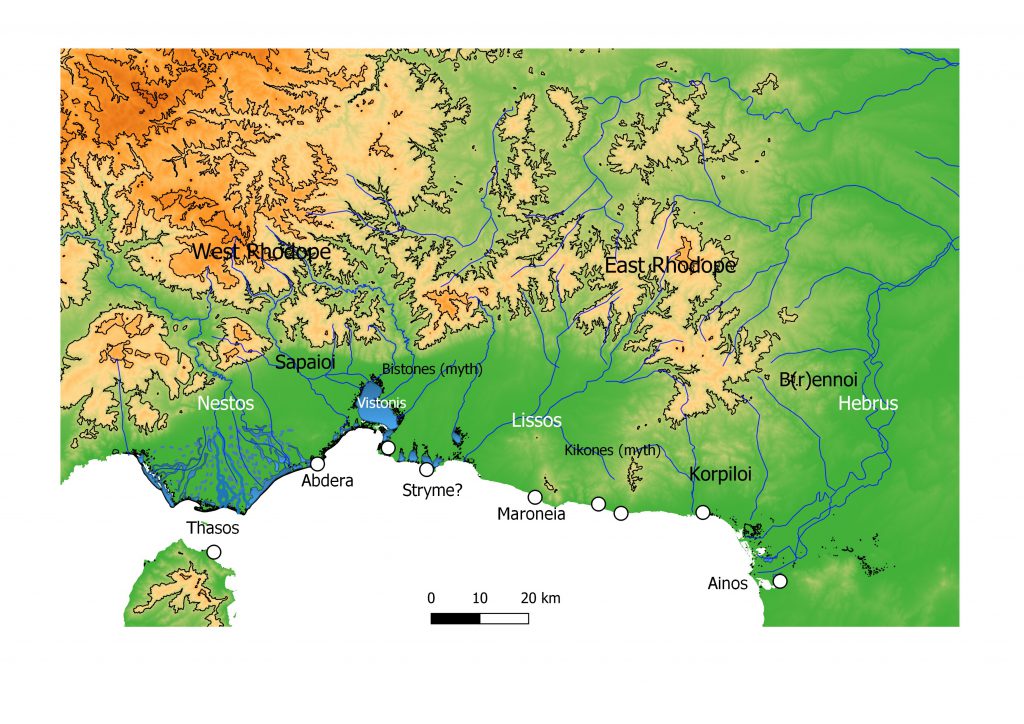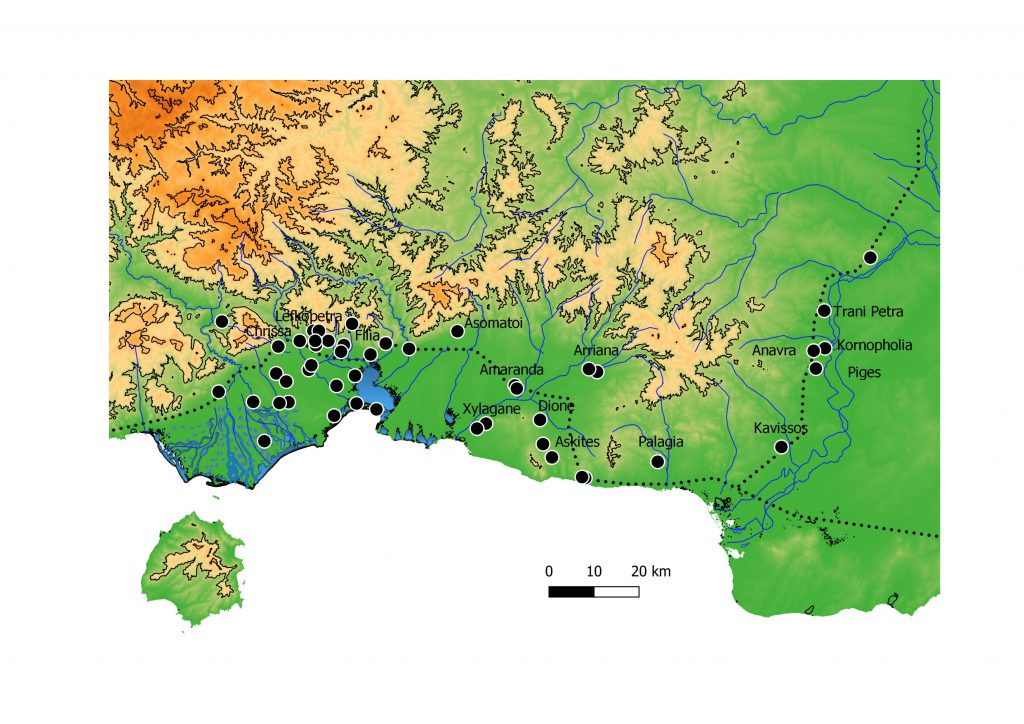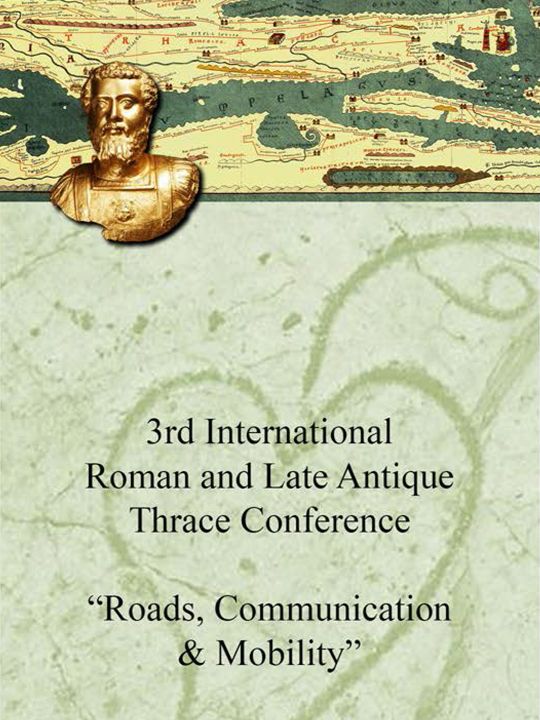The Roman period Aegean (or coastal Thrace), the long stretch of land between the river Nestos and Hebrus and their inland valleys framed by the Rhodope range is in terms of archaeology a terra incognita. Although the region is rich in diverse archaeological landscapes the main research interest has been focused (since the 1950 when the first systematic excavation started at the area) on the Greek colonies that from the early 7th century BC dotted the surf stricken coast of Thrace.

The archaeology of the imperial period when the area became part of the newly formed province of Thracia proved to be less attractive (with a probable exception that of via Egnatia, the great transadriatic continuation of via Appia), thus little is known about the developments that took place in the settlement pattern of the area. However, given the different ethno – cultural contexts that coexisted in the area this is a field of study that present challenges in interpretation unprecedent to Greek Archaeology.

One of these challenges is for instance to describe what happened to the traditional tribal sites of the area, fortified settlements and nucleated (non nucleated) settlements sites of Thracian stock on the foot of Rhodope. These were settlements that since the Iron Age were based on a certain type of economy characterized by low yield farming and cattle herding. Their development over time is little understood and therefore subjected to misunderstandings or interpretation based on models from other areas of the Roman world. The way – ways that these sites adopted in the new cultural and economic realities of the Roman world is a matter of an extreme interest in order to understand the broader development of the region
Scope of the project is to record and map (using an Open GIS platform) archaeological evidence concerning sites, cities and features of the coastal Thrace, information that lies mostly “hidden” in the reports of the Archaeologikon Deltion and thus inaccessible to international academia.
The initial stages of the projects have been presented in
Evangelidis V., The impact of Via Egnatia on the settlement patterns of Aegean Thrace: orthodoxies and considerations, στοRaLaTh 3rd International Roman and Late Antique Thrace Conference (forthcoming).

Evangelidis V. The Impact of Rome on the landscape of Aegean Thrace: an archaeological approach. στο Local responses to the Roman impact on the Greek landscape, E. Farinetti (ed.) υπό έκδοση 2020.

V. Evangelidis

